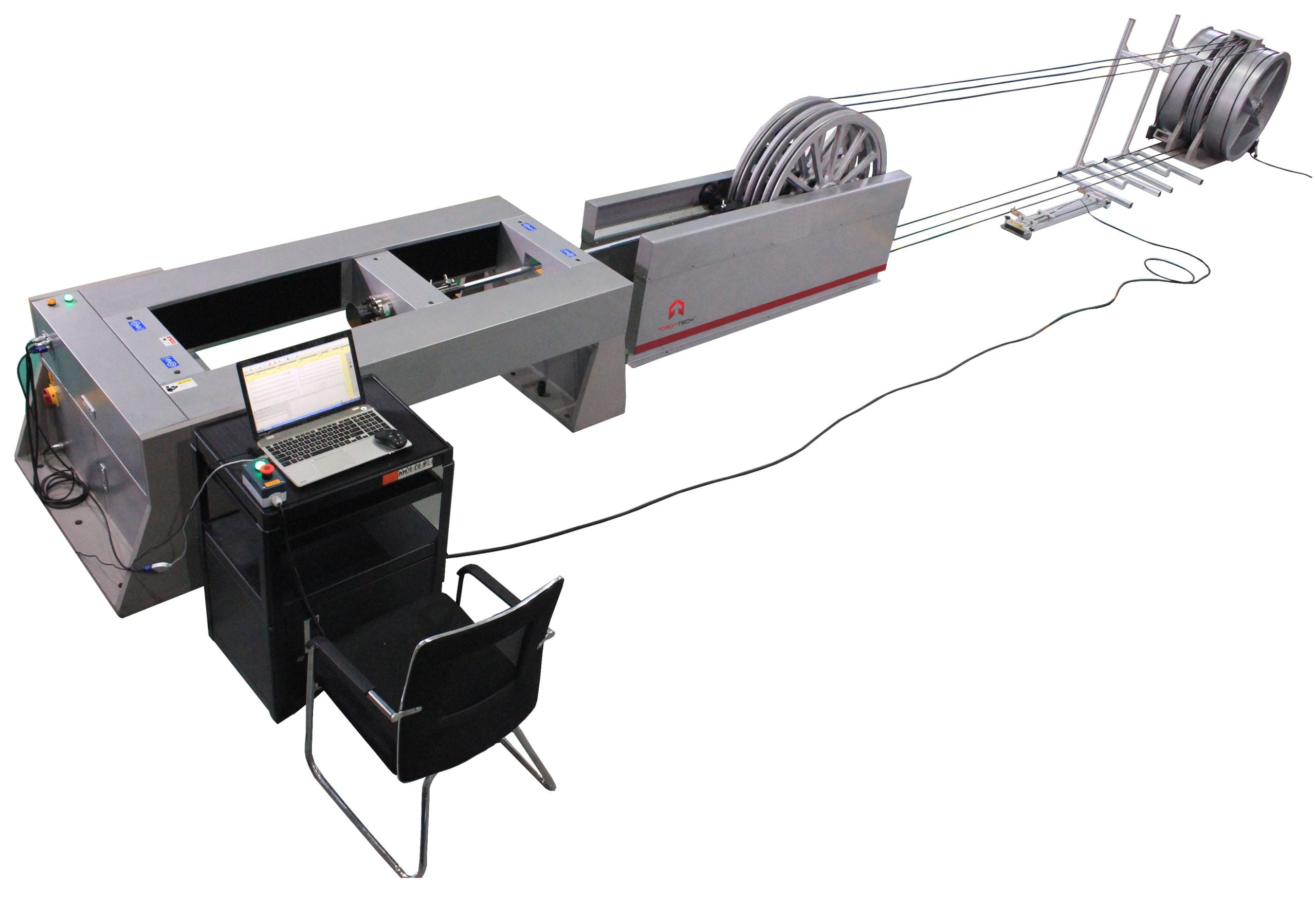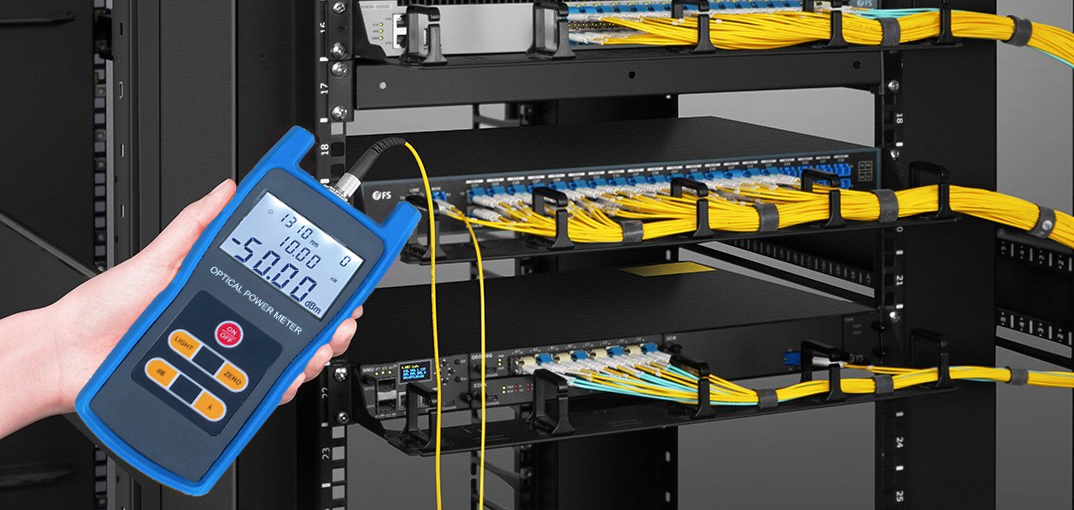Industries rely on fibre testing equipment to ensure product standards.
The Function of Optical Fiber Screening in Ensuring Quality and Efficiency in Connectivity Solutions
In today's quickly developing electronic landscape, the importance of optical fibre screening can not be overemphasized, as it works as a keystone for ensuring the quality and effectiveness of connection options. By utilizing a variety of testing methods, including OTDR and loss evaluations, companies can proactively identify and minimize potential network issues that might prevent efficiency. Normal testing not only straightens with sector requirements but also leads the method for improved data transmission. However, as innovation remains to development, the future of optical fiber testing presents intriguing challenges and opportunities that warrant closer evaluation.
Value of Optical Fiber Testing
The relevance of optical fibre screening can not be overemphasized in ensuring the integrity and efficiency of interaction networks. As the foundation of modern-day telecommunications, optical fibres promote high-speed data transmission, making their dependability critical to operational success. Examining works as a positive action to identify potential problems such as signal loss, depletion, and physical damage, which can compromise network performance.
Routine screening permits for the confirmation of setup top quality and the discovery of problems that can influence data stability - optical fibre testing equipment. By utilizing rigorous testing protocols, network operators can reduce the dangers linked with network failings, consisting of downtime and financial losses. Moreover, optical fiber testing makes sure compliance with industry standards and laws, enhancing the general top quality of solution supplied to end-users.
Inevitably, the organized evaluation of optical fibres adds to the longevity and efficiency of communication systems. It enables stakeholders to make informed choices pertaining to upkeep, upgrades, and troubleshooting. In a landscape where information is progressively crucial, focusing on optical fibre testing is important to maintaining robust and effective connectivity remedies, consequently sustaining the demands of modern digital environments.
Kinds of Optical Fibre Tests
Various testing approaches are utilized to ensure the capability and dependability of optical fibres within interaction networks. These tests can be extensively classified right into 2 main kinds: setup examinations and maintenance examinations.
Setup tests are performed immediately after the installment of optical fibre wires to validate their performance and honesty - robotic vision. One of the most common installment tests consist of Optical Time-Domain Reflectometry (OTDR) tests, which examine the high quality of the fibre by determining mistakes or breaks, and end-to-end loss tests, which gauge the total optical loss from one end of the fiber to the other
Upkeep examinations, on the other hand, are done periodically to ensure ongoing efficiency and spot prospective concerns in time. These consist of aesthetic examination, which checks for physical problems or inappropriate installations, and continuity examinations, which validate that the signal can pass through the fibre without disturbance.
Additionally, progressed examinations such as Polarization Setting Dispersion (PMD) and Chromatic Dispersion (CD) tests can be performed to review the fibre's performance under different problems. By using these varied testing methods, technicians can keep high requirements of quality and reliability in optical fibre networks.
Benefits of Routine Checking
Normal testing of optical fibers plays an essential duty in preserving the general efficiency and integrity of communication networks. By carrying out routine evaluations, organizations can make sure that their fiber optic setups fulfill sector criteria and run effectively. This aggressive strategy aids to determine prospective weak points and deterioration in time, permitting timely interventions before issues intensify.

Cost-effectiveness is another benefit. By attending to minor problems early, companies can avoid the high prices connected with major fixings or system failures. Normal testing also promotes compliance with regulative requirements, making sure that the network complies with needed safety and efficiency standards.
Usual Concerns Identified
Recognizing common problems in optical fiber networks is view it now crucial for preserving optimum performance and dependability. Numerous variables can contribute to disturbances, consisting of physical damages, poor installment practices, and environmental impacts.
Physical damage, such as bends, breaks, or abrasions, can substantially weaken signal quality. Incorrect description installment techniques, including extreme stress or inadequate securing of wires, may cause increased attenuation and loss of connectivity. Furthermore, ecological variables such as temperature changes, dampness access, and rodent interference can compromise the stability of the fiber.
Adapter issues also regularly arise, with improper alignment or contamination causing raised insertion loss. Splicing mistakes can introduce significant signal deterioration if not carried out with precision.

Attending to these typical issues via normal optical fiber screening not only enhances network integrity however likewise optimizes general efficiency, making sure that connection options stay durable and effective.
Future Trends in Examining
As the demand for high-speed connection continues to increase, the future of optical fibre screening will progressively concentrate on automation and advanced analytics. The integration of expert system (AI) and artificial intelligence (ML) in testing procedures will certainly allow more effective information analysis and anticipating maintenance, minimizing downtime and enhancing total network reliability. Automated screening solutions will certainly enhance the examination and accreditation of fiber networks, decreasing human error and raising testing throughput.
Another considerable pattern is the adoption of remote testing innovations. As the implementation of fibre networks broadens into remote and underserved locations, remote testing capabilities will certainly allow specialists to keep track of and diagnose more helpful hints network conditions without physical presence, thereby lowering operational costs and improving action times.
In addition, there will certainly be a shift towards more extensive testing standards that incorporate not just standard loss measurements but also efficiency metrics such as latency and transmission capacity usage. This holistic approach will assist in better network management and optimization approaches.
As these trends develop, the optical fiber screening landscape will not just improve the quality and performance of connection solutions however also sustain the growing intricacies of contemporary communication networks.
Verdict
In final thought, optical fiber screening offers as a fundamental element in keeping the integrity and effectiveness of interaction networks. The recurring commitment to routine testing not only improves information transmission yet also aligns with market standards, promoting dependability in network infrastructures.